Home>Furniture & Design>Living Room Furniture>How To Build A Recliner Chair
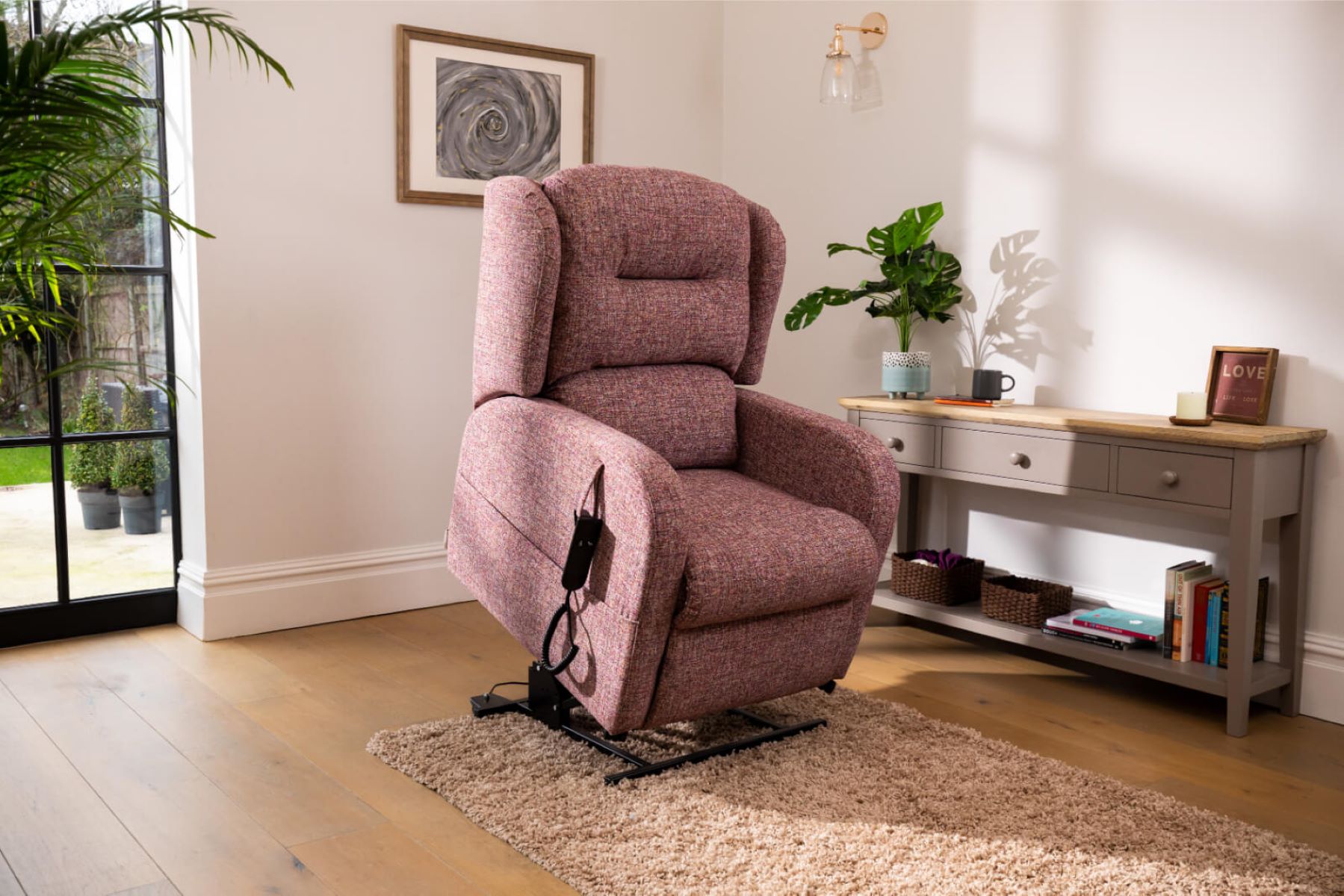

Living Room Furniture
How To Build A Recliner Chair
Published: February 12, 2024
Learn how to build a comfortable recliner chair for your living room with our expert tips and design ideas. Create the perfect addition to your home with our living room furniture and design guide.
(Many of the links in this article redirect to a specific reviewed product. Your purchase of these products through affiliate links helps to generate commission for Storables.com, at no extra cost. Learn more)
Introduction
Building a recliner chair can be a rewarding and fulfilling project for anyone with a passion for furniture design and craftsmanship. Whether you are a seasoned woodworker or a DIY enthusiast looking to embark on a new challenge, creating your own recliner chair allows you to tailor the design to your specific preferences and needs. From selecting the perfect materials to adding the finishing touches, every step in the process presents an opportunity for creativity and personalization.
Crafting a recliner chair from scratch requires careful planning, attention to detail, and a deep understanding of both the structural and aesthetic aspects of furniture design. Throughout this article, we will explore the essential steps involved in building a recliner chair, offering insights into the selection of materials, the design process, and the construction techniques required to bring your vision to life.
Whether you envision a sleek and modern recliner or a more traditional and ornate piece, the journey of building a recliner chair is an immersive and enriching experience. By delving into the intricacies of this craft, you will gain a profound appreciation for the artistry and skill that underpin the creation of functional yet aesthetically pleasing furniture.
As we delve into the various stages of building a recliner chair, you will discover the satisfaction that comes with transforming raw materials into a functional and visually striking piece of furniture. From the initial concept to the final touches, each phase of the process contributes to the realization of a unique and personalized recliner chair that reflects your individual style and craftsmanship.
Embark on this journey with an open mind and a willingness to embrace the challenges and rewards that come with creating a piece of furniture that embodies both form and function. Let's begin this exciting exploration of building a recliner chair, where creativity, precision, and passion converge to bring a vision to life.
Key Takeaways:
- Building a recliner chair is a creative and rewarding journey that involves choosing quality materials, designing for comfort and style, and meticulously crafting the frame, upholstery, and finishing touches.
- Crafting a recliner chair requires attention to detail, precision, and a passion for merging form and function. From selecting materials to adding finishing touches, each step contributes to a personalized and visually striking piece of furniture.
Read more: How To Build Recliner Massage Chair
Choosing the Right Materials
Selecting the right materials is a crucial first step in building a recliner chair. The choice of materials not only influences the chair's durability and comfort but also plays a significant role in defining its aesthetic appeal. Here's a detailed look at the key materials involved in crafting a recliner chair:
Wood:
The selection of wood is pivotal in determining the overall strength and visual appeal of the recliner chair. Hardwoods such as oak, maple, or cherry are popular choices due to their durability and attractive grain patterns. These woods are well-suited for crafting sturdy frames and armrests, providing the necessary support for the chair's structure.
Upholstery Fabric:
The upholstery fabric contributes to the chair's comfort and visual impact. When choosing fabric, consider factors such as durability, ease of maintenance, and color options. Fabrics like linen, leather, or microfiber are commonly used for their durability and aesthetic versatility. Additionally, consider the chair's intended use and the surrounding decor to select a fabric that complements the overall design scheme.
Cushioning Material:
The cushioning material directly impacts the comfort and support provided by the recliner chair. High-density foam is often favored for its resilience and long-term comfort. It offers the ideal balance of support and softness, ensuring a comfortable seating experience. Additionally, consider the thickness and density of the foam to tailor the level of cushioning to your preferences.
Read more: How To Build A Recliner Massage Chair
Reclining Mechanism Components:
When incorporating a reclining mechanism, quality components are essential to ensure smooth functionality and longevity. Look for robust metal or high-grade plastic components that can withstand the rigors of regular use. The choice of reclining mechanism should align with the chair's overall design and intended level of reclining comfort.
Finishing Materials:
The finishing materials, such as varnishes or stains, not only protect the wood but also enhance its natural beauty. Select a finish that complements the chosen wood species and aligns with the desired aesthetic. Whether opting for a glossy varnish to accentuate the wood's grain or a matte finish for a more understated look, the choice of finishing materials significantly influences the chair's final appearance.
By carefully considering these materials, you can lay a solid foundation for the construction of a recliner chair that embodies both quality craftsmanship and visual appeal. The harmonious integration of these materials will set the stage for the subsequent design and construction phases, culminating in the creation of a personalized and functional recliner chair.
Designing the Recliner Chair
Designing a recliner chair involves a meticulous process that encompasses both functionality and aesthetics. The initial phase revolves around conceptualizing the chair's form, proportions, and ergonomic features. Whether aiming for a contemporary, minimalist design or a classic, ornate style, the design phase sets the stage for the chair's overall character and appeal.
The design process begins with sketching and ideation, allowing for the exploration of various shapes, angles, and dimensions. Consider the chair's intended use and the spatial constraints of its placement to determine the most suitable size and reclining mechanism. This phase also involves integrating ergonomic elements to ensure optimal comfort and support, such as lumbar support and armrest height.
Furthermore, the selection of upholstery fabric and color scheme plays a pivotal role in defining the chair's visual impact. Whether opting for a bold, statement fabric or a subtle, neutral tone, the upholstery choice contributes to the chair's personality and its seamless integration into the surrounding space.
Incorporating thoughtful details, such as decorative stitching or tufting, can elevate the chair's design, adding a touch of sophistication and visual interest. Additionally, consider the placement of any embellishments, such as buttons or nailhead trim, to accentuate the chair's silhouette and create a cohesive design language.
The design phase also encompasses the exploration of structural elements, such as the frame's silhouette and the integration of any additional features, such as built-in footrests or swivel bases. Balancing these elements with the overall design vision is essential to create a harmonious and functional recliner chair that aligns with the intended aesthetic and user experience.
By meticulously designing the recliner chair, you lay the groundwork for a cohesive and visually compelling piece of furniture that seamlessly merges form and function. The design phase serves as a creative exploration, allowing you to infuse the chair with your unique style while ensuring that every aspect contributes to its comfort, durability, and overall appeal.
Building the Frame
Building the frame of a recliner chair is a pivotal stage that demands precision and structural integrity. The frame serves as the foundational skeleton, providing the necessary support and stability for the entire chair. When constructing the frame, the choice of wood and the assembly techniques are critical factors that directly impact the chair's durability and overall performance.
The selection of high-quality hardwood, such as oak or maple, is fundamental in ensuring the frame's strength and longevity. These woods possess inherent sturdiness and resistance to warping, making them ideal for bearing the weight and stress exerted on the chair during use. Additionally, the wood should be meticulously milled and shaped to precise dimensions, facilitating seamless assembly and structural coherence.
The frame's design should prioritize robust joinery techniques, such as mortise and tenon or dovetail joints, to create secure and durable connections between the various components. These joints not only enhance the frame's stability but also contribute to its aesthetic appeal, showcasing the artistry of traditional woodworking methods.
Furthermore, attention to detail is paramount when crafting the frame's individual elements, including the seat base, backrest, and armrests. Each component must be meticulously shaped and assembled to ensure a seamless fit and uniform weight distribution. Additionally, reinforcing key stress points with strategically placed support braces or corner blocks further fortifies the frame, enhancing its ability to withstand the rigors of regular use.
Incorporating the reclining mechanism into the frame requires precise alignment and integration to ensure smooth functionality. The mechanism should be seamlessly embedded within the frame, allowing for fluid reclining motion while maintaining structural stability. Careful consideration of the mechanism's dimensions and clearances is essential to prevent interference with the frame's components and ensure a cohesive integration.
Throughout the frame construction process, meticulous attention to measurements, angles, and assembly sequences is imperative to achieve a structurally sound and visually appealing result. By meticulously crafting the frame with uncompromising attention to detail and craftsmanship, you lay the groundwork for a recliner chair that embodies both enduring strength and timeless elegance.
The construction of the frame marks a significant milestone in the journey of building a recliner chair, setting the stage for the subsequent stages of adding the reclining mechanism, upholstering the chair, and adding the finishing touches. With the frame as the solid foundation, the chair begins to take shape, reflecting the dedication to precision and quality craftsmanship that defines the art of furniture making.
Read more: How To Choose A Recliner Chair
Adding the Reclining Mechanism
Incorporating the reclining mechanism is a pivotal stage in the construction of a recliner chair, as it directly influences the chair's functionality and user experience. The seamless integration of the reclining mechanism into the chair's frame requires meticulous attention to detail and precision engineering to ensure smooth operation and long-term durability.
The first step in adding the reclining mechanism involves carefully positioning and securing the mechanism within the frame. Whether utilizing a lever-operated mechanism or a motorized system, precise measurements and clearances are essential to ensure that the mechanism aligns seamlessly with the chair's structure. This meticulous alignment is crucial to prevent any interference with the frame's components and to facilitate fluid reclining motion.
Once the mechanism is securely positioned, the next phase involves connecting the mechanism to the chair's backrest and footrest components. This step demands precision in aligning the moving parts to enable synchronized and effortless reclining action. Whether employing a lever, handle, or button for activation, the mechanism should be seamlessly integrated into the chair's design, ensuring intuitive operation without compromising the chair's aesthetic appeal.
Furthermore, the selection of high-quality components, such as durable metal or robust plastic parts, is paramount to guarantee the mechanism's longevity and reliability. The choice of materials and construction of the reclining mechanism directly impact the chair's overall performance and user satisfaction. Additionally, thorough testing of the mechanism's functionality is essential to identify and address any potential issues before proceeding to the next stages of construction.
Incorporating the reclining mechanism is a testament to the fusion of engineering precision and furniture craftsmanship. The successful integration of this mechanism transforms the recliner chair into a versatile and functional piece of furniture, offering a seamless transition from upright seating to a comfortable reclined position. This pivotal stage brings the chair one step closer to its ultimate purpose, providing a relaxing and ergonomic seating experience for its users.
By meticulously adding the reclining mechanism with unwavering attention to detail, you pave the way for the final phases of upholstering the chair and adding the finishing touches. The successful integration of the reclining mechanism represents a significant milestone in the journey of building a recliner chair, underscoring the dedication to craftsmanship and the pursuit of creating a truly exceptional piece of furniture.
Upholstering the Chair
Upholstering the chair marks a transformative phase in the construction of a recliner chair, where the marriage of comfort and aesthetics takes center stage. This intricate process involves meticulously adorning the chair's frame with carefully selected upholstery fabric and cushioning materials, culminating in a harmonious fusion of tactile indulgence and visual allure.
The first step in upholstering the chair involves meticulously measuring and cutting the upholstery fabric to ensure a precise fit around the chair's contours. Whether opting for sumptuous leather, versatile linen, or resilient microfiber, the choice of fabric sets the tone for the chair's tactile appeal and contributes to its overall visual impact. The fabric should be skillfully draped and secured, accentuating the chair's form while maintaining a smooth and taut appearance.
Incorporating the cushioning materials is a pivotal aspect of upholstering the chair, as it directly influences the seating comfort and support. High-density foam, renowned for its resilience and plush feel, is meticulously shaped and layered to conform to the chair's contours, ensuring a luxuriously comfortable seating experience. The strategic placement of the foam layers contributes to the chair's ergonomic design, providing optimal support for extended periods of relaxation.
The upholstery process also encompasses the art of detailing, where meticulous stitching, tufting, or piping adds a touch of sophistication and refinement to the chair's appearance. Whether opting for classic diamond tufting to evoke a sense of timeless elegance or sleek, streamlined seams for a modern aesthetic, the detailing accentuates the chair's silhouette and elevates its visual allure.
Furthermore, the careful integration of any embellishments, such as decorative buttons or nailhead trim, serves as a testament to the chair's bespoke craftsmanship, adding a personalized touch that reflects the creator's attention to detail and artistry.
The successful completion of the upholstering phase breathes life into the recliner chair, transforming it from a bare frame into a sumptuous and inviting seating haven. The seamless integration of upholstery fabric and cushioning materials not only enhances the chair's comfort but also imbues it with a captivating visual presence that beckons relaxation and repose.
By meticulously upholstering the chair with unwavering attention to detail and craftsmanship, you bring forth a piece of furniture that embodies both tactile indulgence and visual allure, setting the stage for the final phase of adding the finishing touches. The upholstering process represents a pivotal milestone in the journey of building a recliner chair, underscoring the dedication to creating a truly exceptional and inviting piece of furniture.
Adding Finishing Touches
Adding the finishing touches to a recliner chair is a transformative phase that elevates the chair from a functional piece of furniture to a captivating work of art. This crucial stage involves meticulous attention to detail and a keen eye for enhancing the chair's aesthetic appeal and overall refinement.
The finishing touches encompass a range of elements, each contributing to the chair's visual allure and tactile indulgence. One of the key aspects involves applying a carefully selected finish to the wood components. Whether opting for a lustrous varnish to accentuate the natural grain of the wood or a subtle matte finish for a more understated elegance, the choice of finish plays a pivotal role in defining the chair's character and protecting the wood from wear and tear.
In addition to the wood finish, the selection of embellishments and decorative elements further enriches the chair's visual impact. This may include the addition of ornamental elements such as brass or chrome accents, intricately carved details, or inlay work, all of which contribute to the chair's individuality and craftsmanship.
Furthermore, attention to detail extends to the selection of hardware, such as hinges, handles, and fasteners. Opting for high-quality, aesthetically pleasing hardware not only enhances the chair's functionality but also adds a touch of sophistication and refinement to the overall design.
The final phase of adding finishing touches involves a meticulous inspection of the chair, ensuring that every seam is impeccably aligned, every detail is flawlessly executed, and every surface is impeccably finished. This stage demands a discerning eye for precision and a commitment to achieving a flawless result that reflects the dedication to craftsmanship and quality.
By meticulously adding the finishing touches with unwavering attention to detail and artistry, the recliner chair is transformed into a captivating and inviting piece of furniture that embodies both timeless elegance and functional excellence. This phase represents the culmination of the journey of building a recliner chair, where every detail harmoniously converges to create a truly exceptional and visually striking piece of furniture.
When building a recliner chair, make sure to use sturdy and durable materials for the frame and mechanism to ensure long-lasting comfort and support.
Conclusion
In conclusion, the process of building a recliner chair is a deeply enriching and rewarding endeavor that encompasses the fusion of craftsmanship, design, and functionality. From the initial selection of materials to the meticulous integration of the reclining mechanism, upholstering, and adding the finishing touches, every phase of the construction journey reflects a dedication to precision and artistry.
Embarking on the creation of a recliner chair offers a profound opportunity to infuse personal style and creativity into a functional piece of furniture. The careful selection of high-quality materials, such as hardwoods for the frame and sumptuous upholstery fabric, sets the stage for a chair that not only exudes visual allure but also promises enduring comfort and durability.
The design phase serves as a creative exploration, allowing for the integration of ergonomic elements and aesthetic details that define the chair's character. Balancing form and function, the design process lays the foundation for a chair that seamlessly complements its surroundings while offering a relaxing and inviting seating experience.
The construction of the frame represents a testament to the art of traditional woodworking, where precision joinery and meticulous shaping culminate in a structurally sound and visually striking foundation for the chair. The integration of the reclining mechanism further enhances the chair's versatility, transforming it into a functional and ergonomic oasis for relaxation.
Upholstering the chair marks a pivotal phase where tactile indulgence meets visual allure, as carefully selected fabrics and cushioning materials converge to create a sumptuous seating experience. The addition of finishing touches elevates the chair to a work of art, where every detail, from the wood finish to the ornamental elements, reflects a commitment to excellence and refinement.
In essence, the journey of building a recliner chair is a testament to the artistry and dedication that underpin the creation of exceptional furniture. It is a journey that invites individuals to immerse themselves in the intricacies of design, craftsmanship, and attention to detail, ultimately yielding a piece of furniture that embodies both functional excellence and timeless elegance.
Frequently Asked Questions about How To Build A Recliner Chair
Was this page helpful?
At Storables.com, we guarantee accurate and reliable information. Our content, validated by Expert Board Contributors, is crafted following stringent Editorial Policies. We're committed to providing you with well-researched, expert-backed insights for all your informational needs.
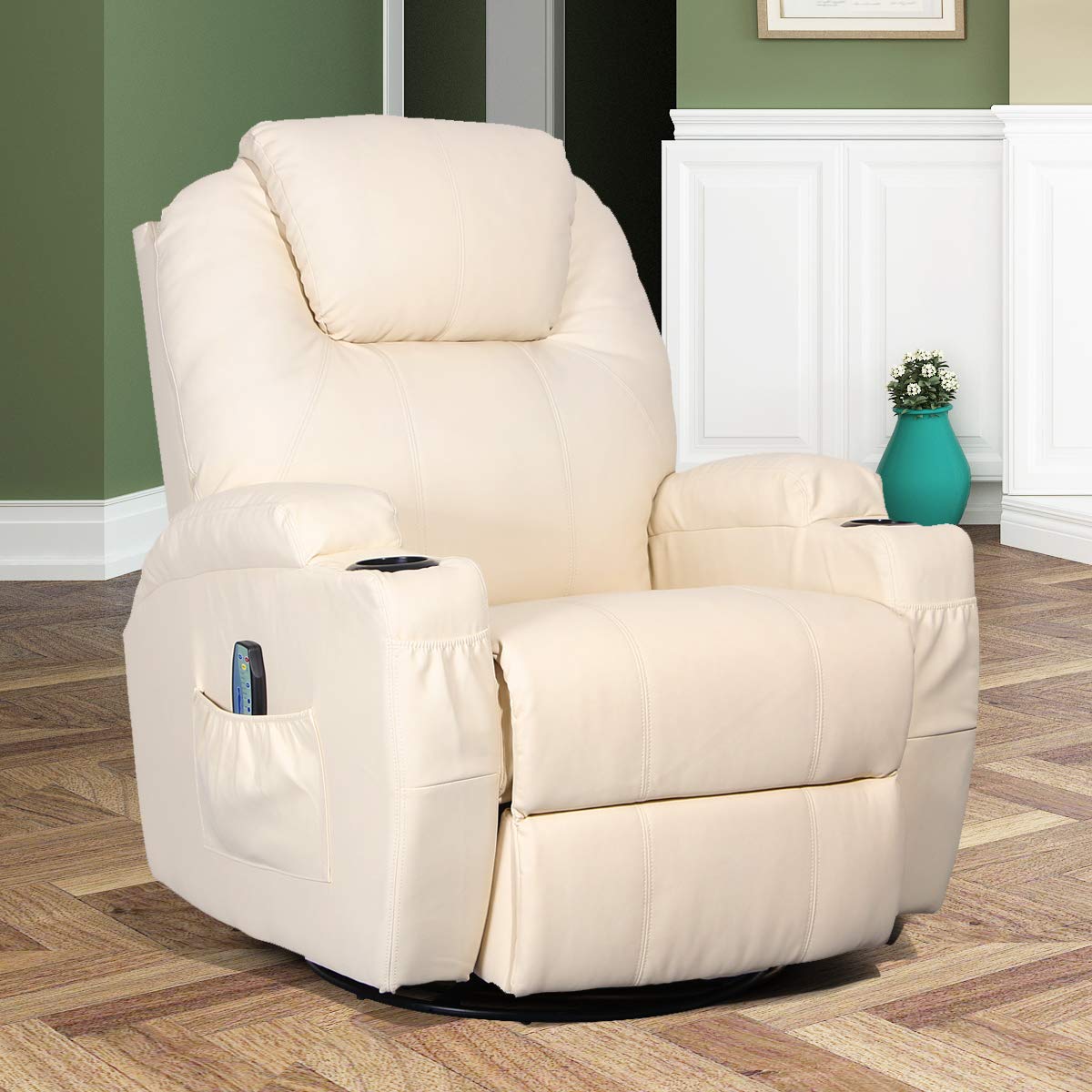
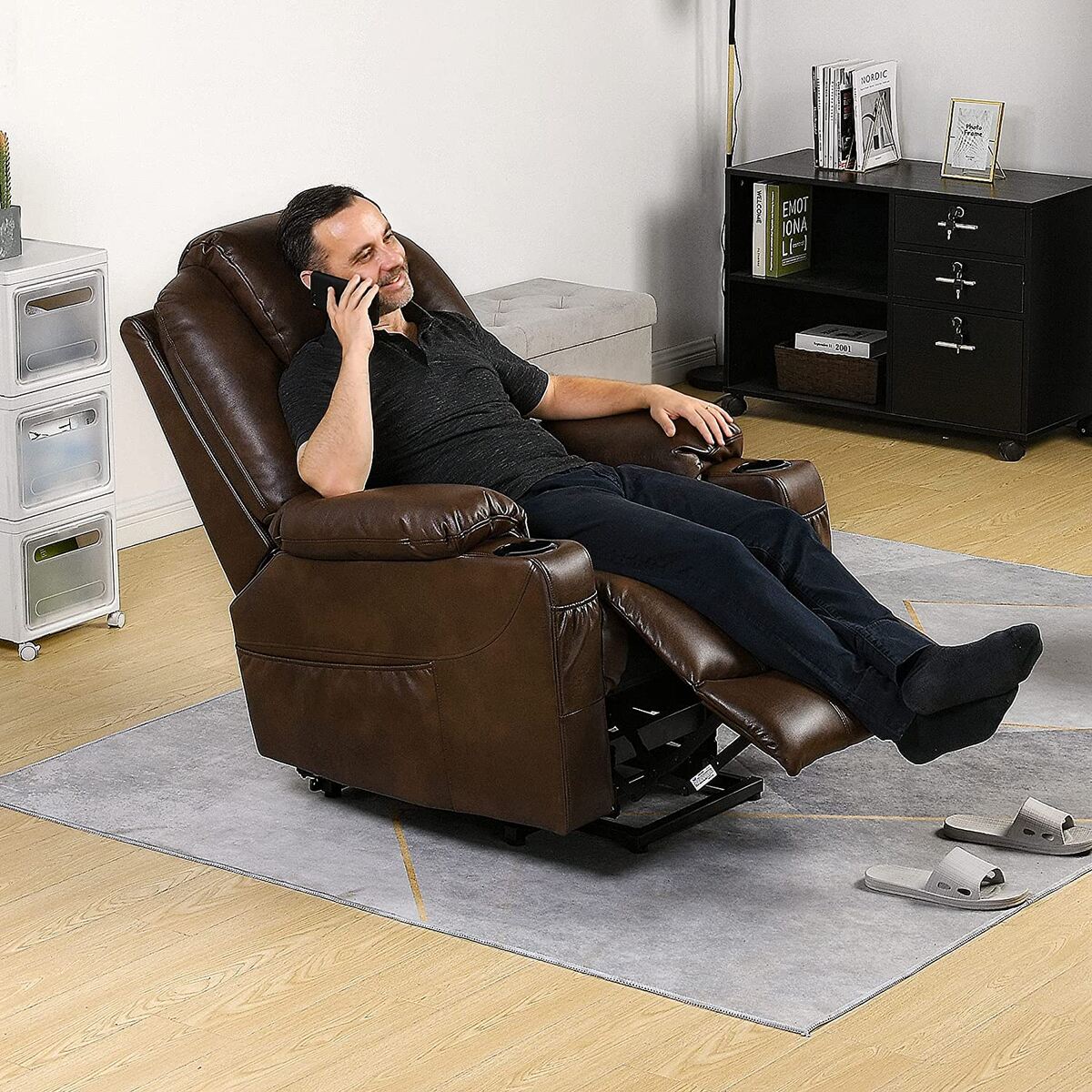

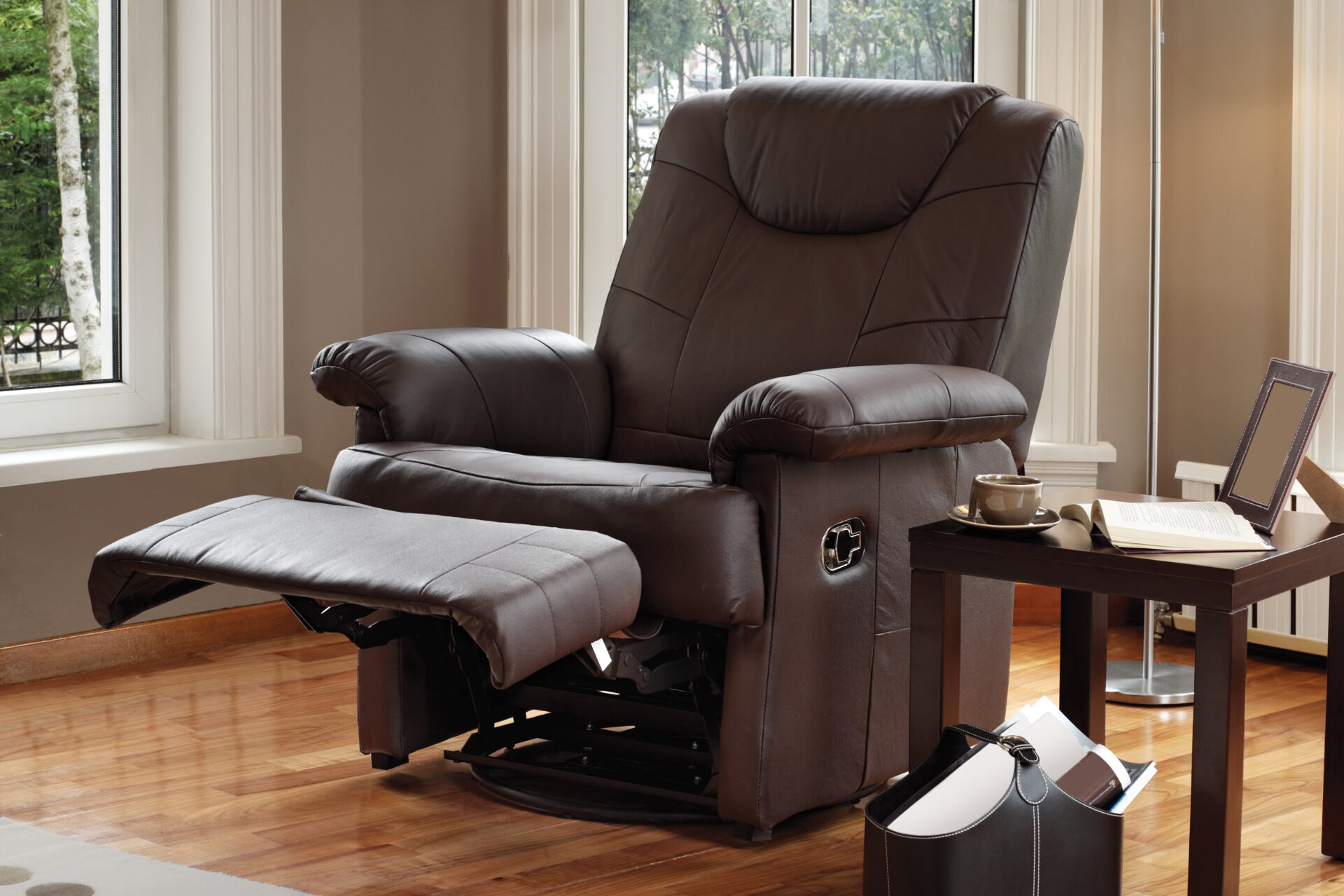
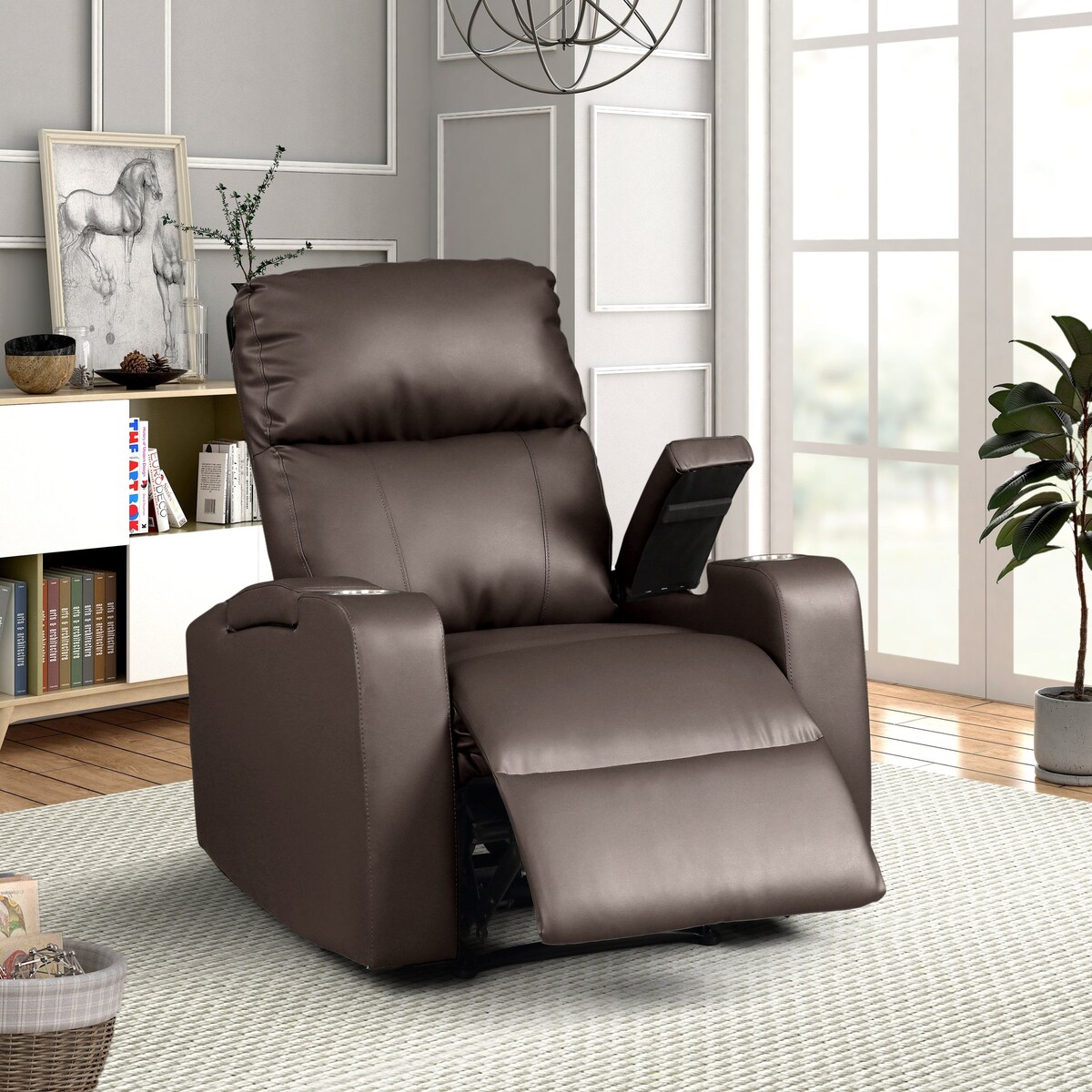
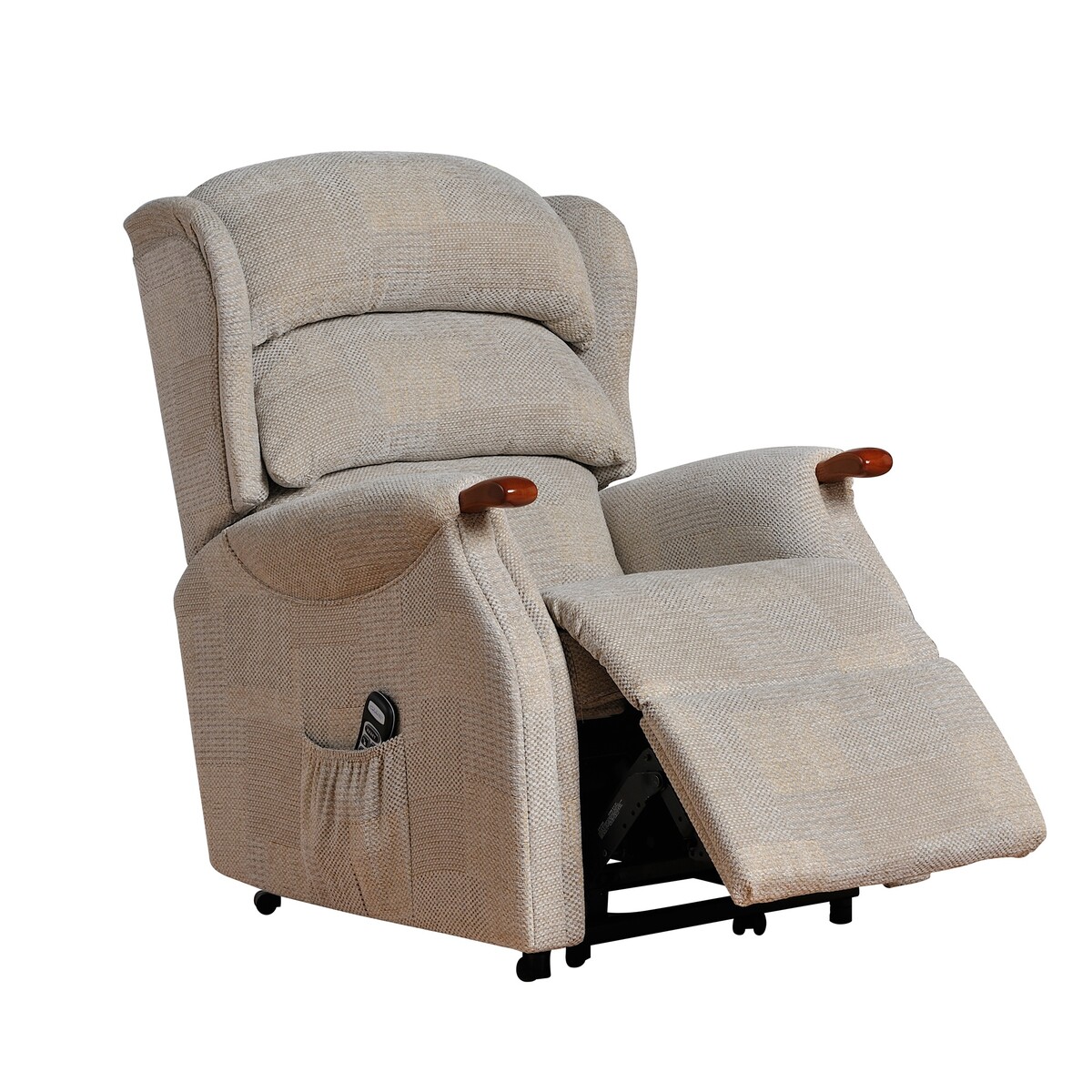
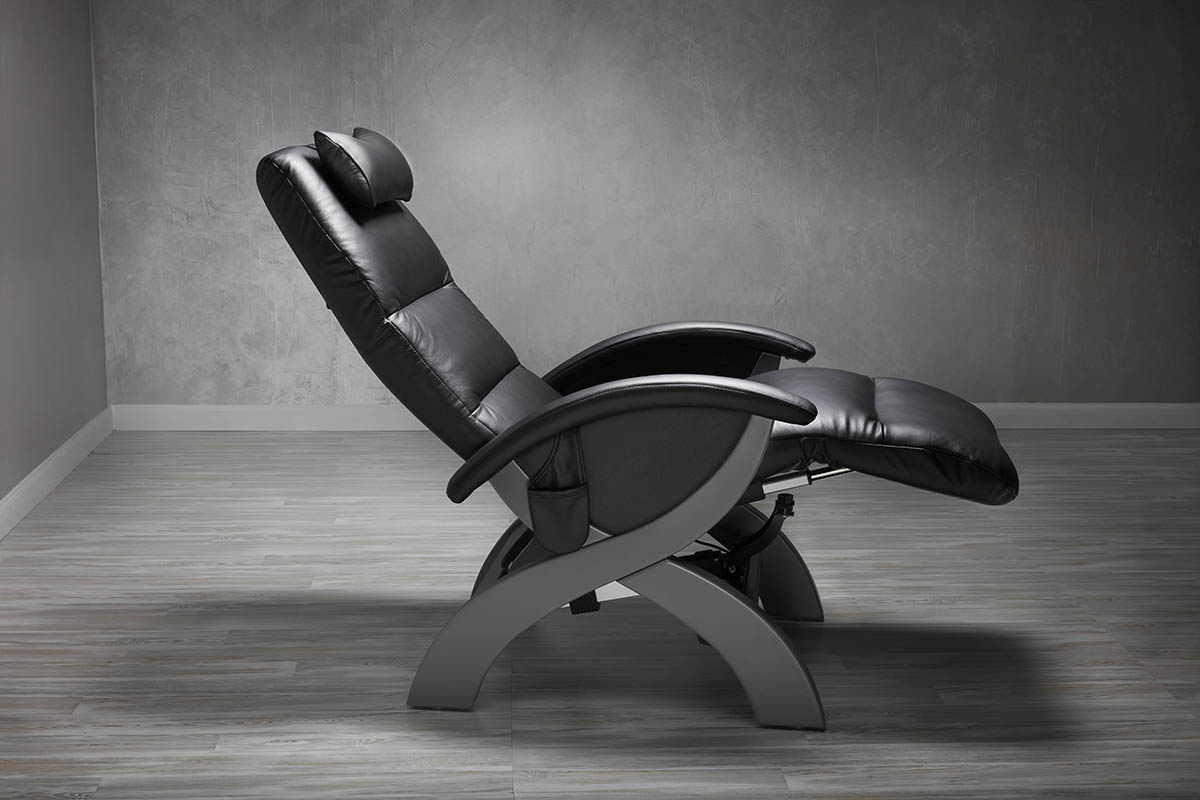
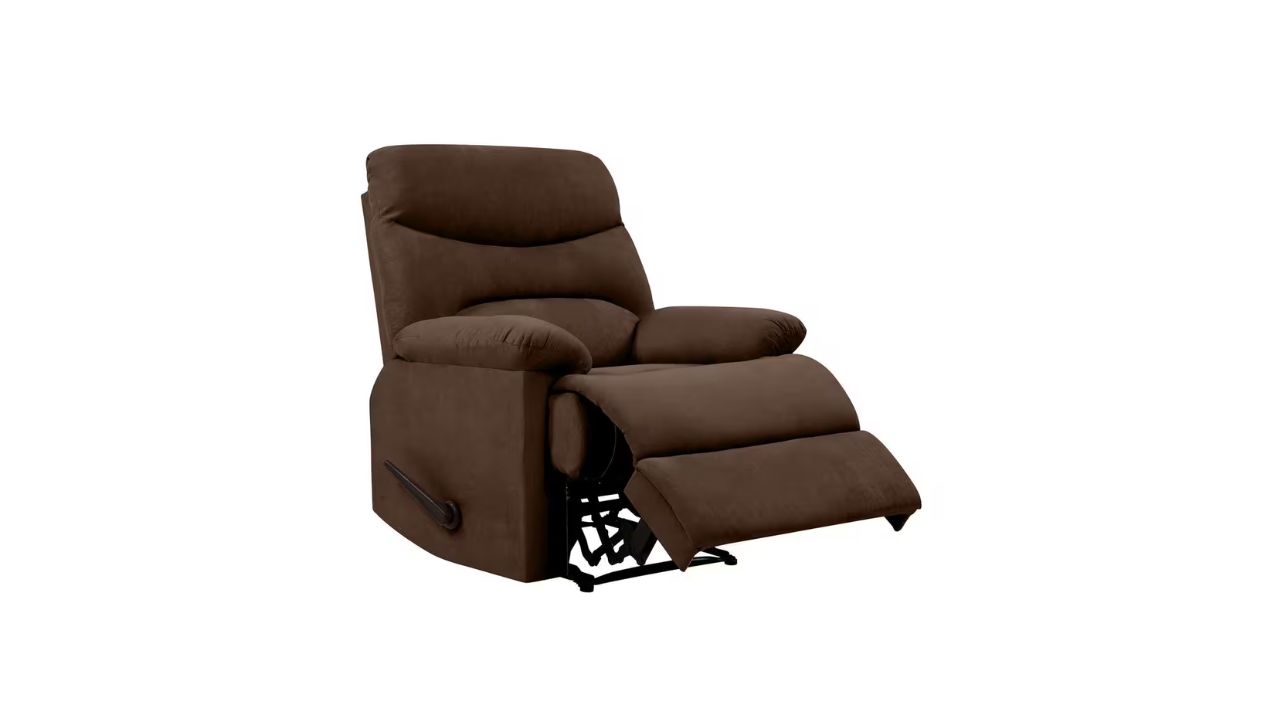
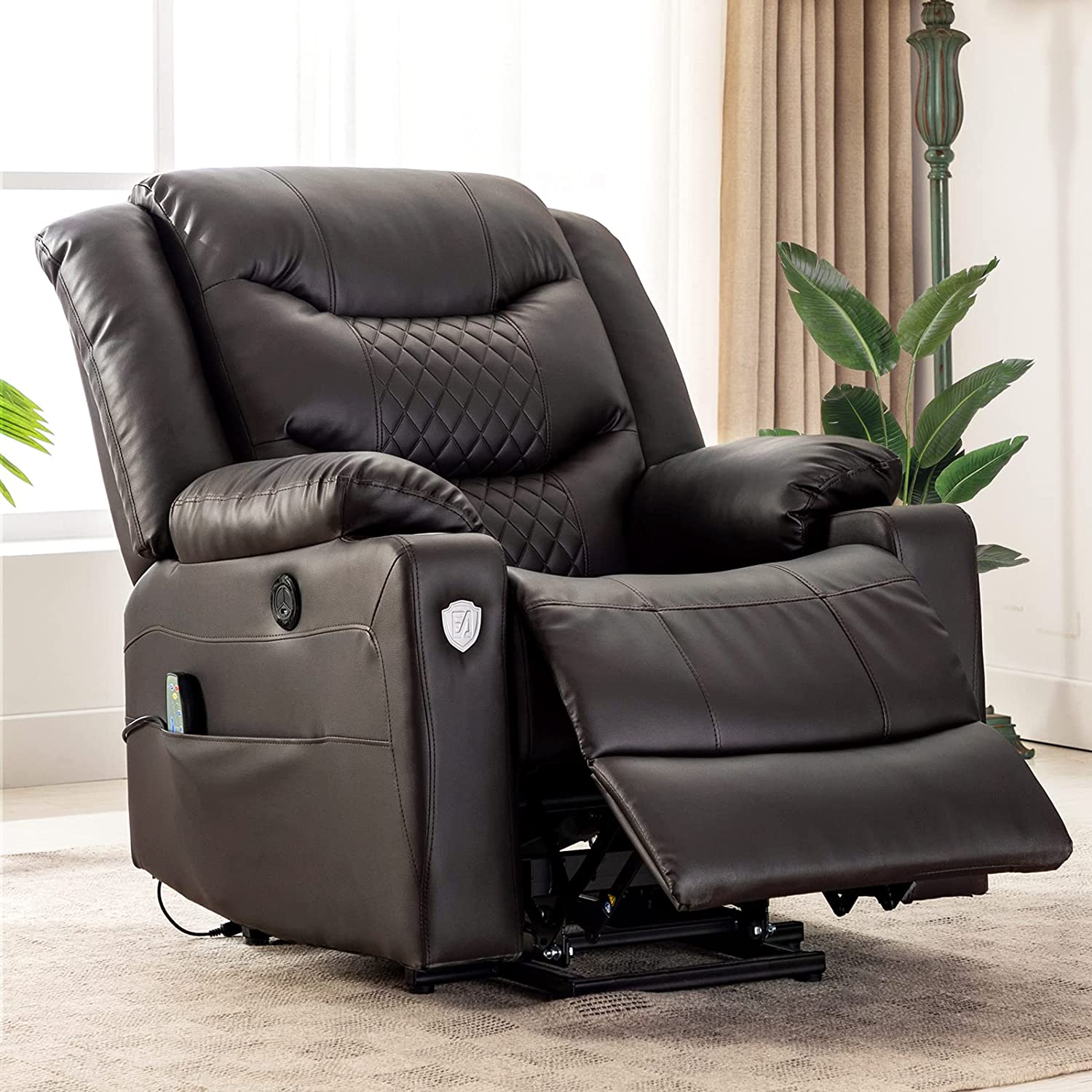
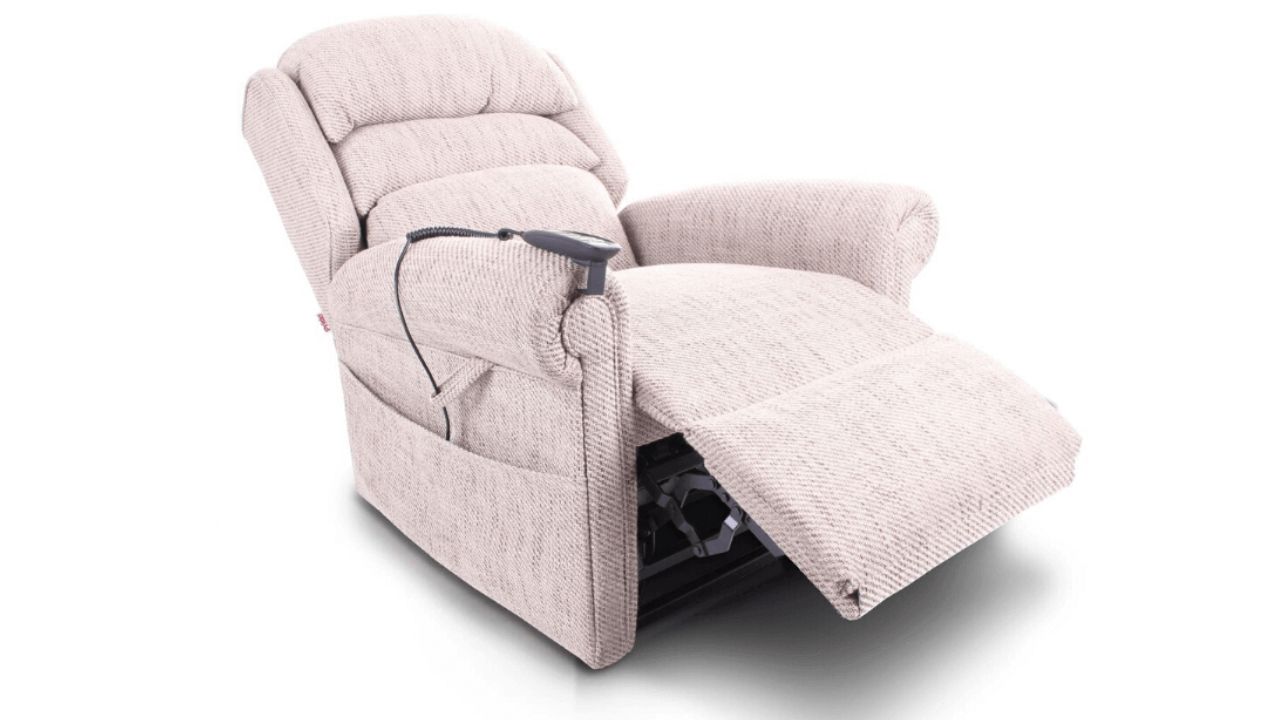
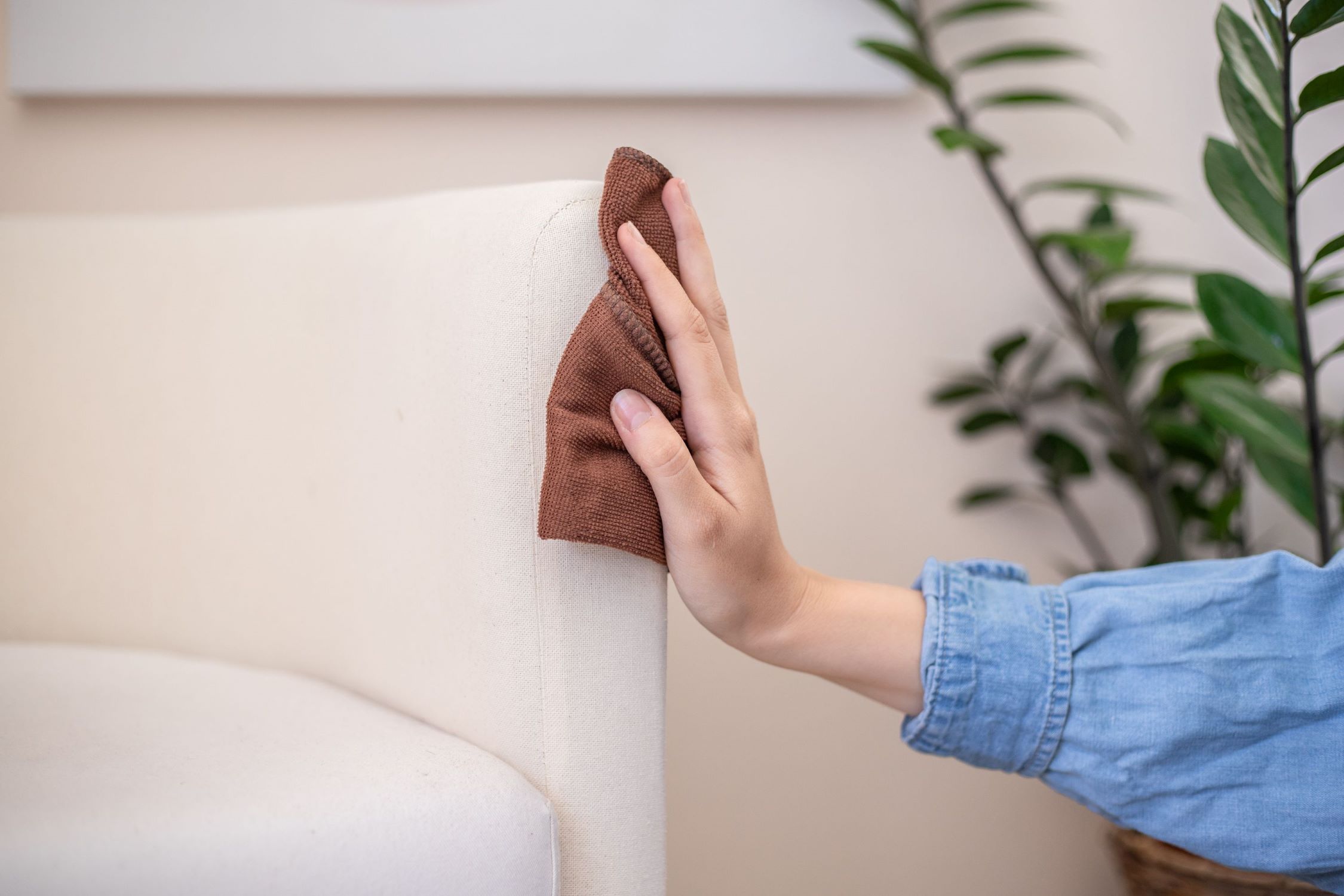
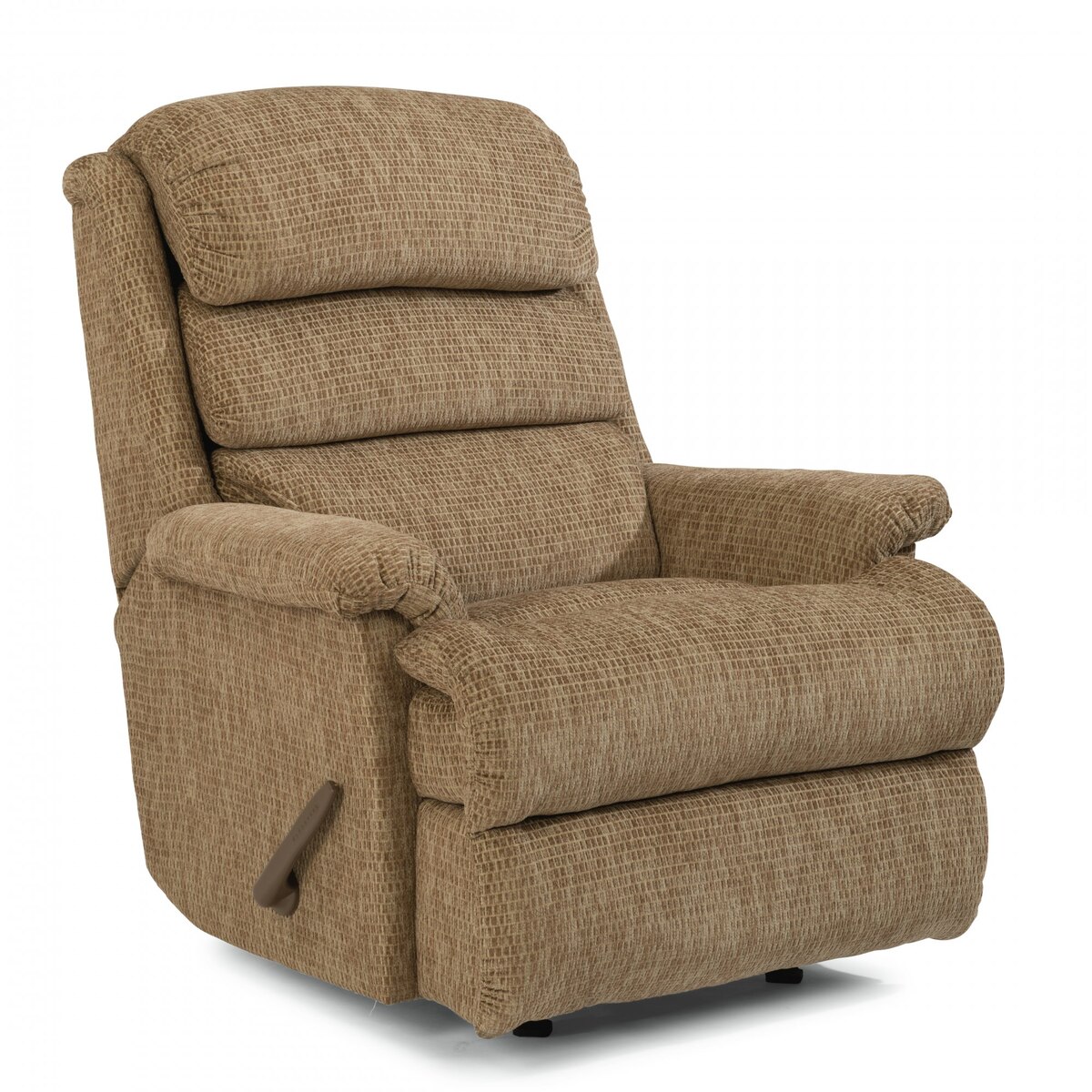
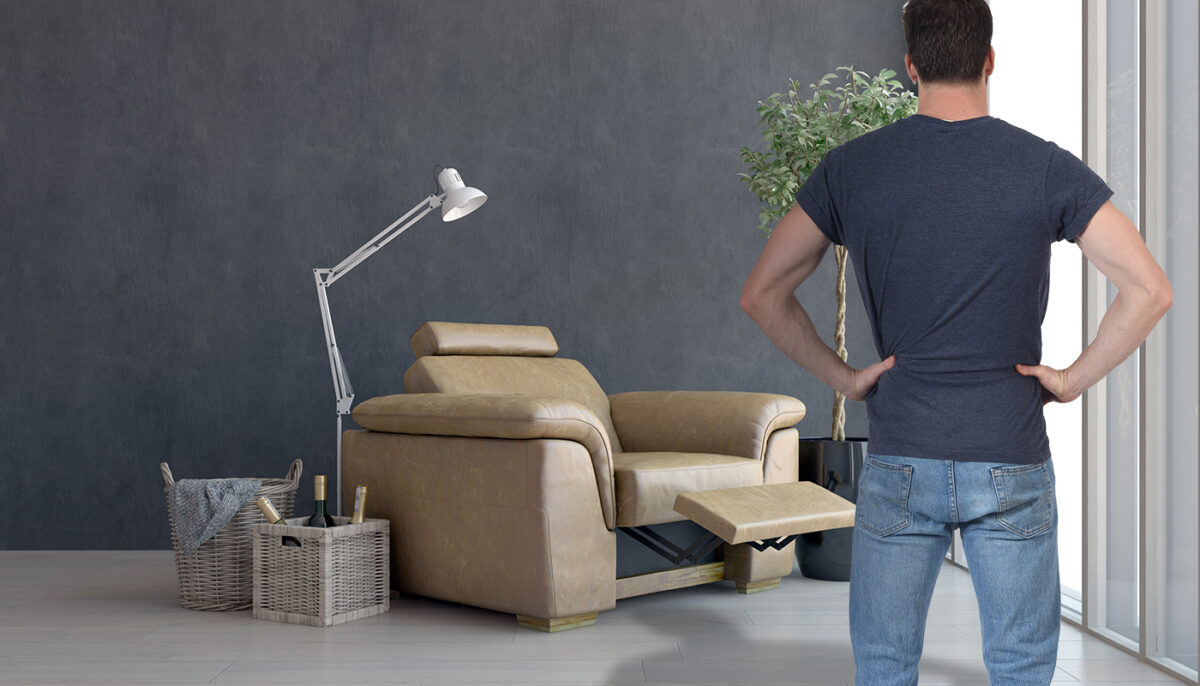

0 thoughts on “How To Build A Recliner Chair”